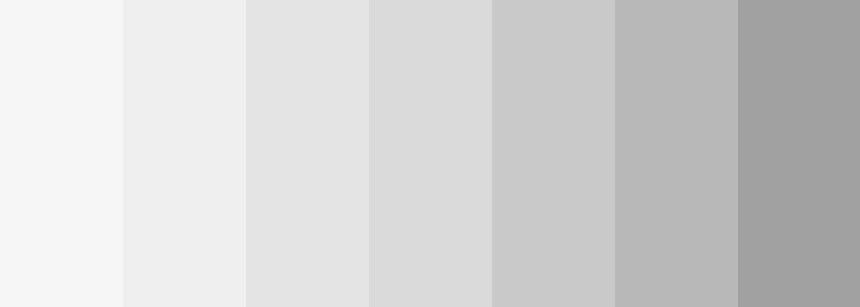|
All 5 books, Edward Tufte paperback $180
All 5 clothbound books, autographed by ET $280
Visual Display of Quantitative Information
Envisioning Information
Visual Explanations
Beautiful Evidence
Seeing With Fresh Eyes
catalog + shopping cart
|
Edward Tufte e-books Immediate download to any computer: Visual and Statistical Thinking $5
The Cognitive Style of Powerpoint $5
Seeing Around + Feynman Diagrams $5
Data Analysis for Politics and Policy $9
catalog + shopping cart
New ET Book
Seeing with Fresh Eyes:
catalog + shopping cart
Meaning, Space, Data, Truth |
Analyzing/Presenting Data/Information All 5 books + 4-hour ET online video course, keyed to the 5 books. |
I am unclear about exactly what edge fluting is as referenced on page 92 of Envisioning Information. I have done a dictionary look up and Internet search. I see lots of references to architecture, etc. I understand that it has to do with contextual effects, but feel like I am missing something.
-- Mark McMillion (email)
Edge fluting is our optical/perceptual response to closely valued abutting color fields. This is a common effect in gray scales, one of which you've seen on page 92 of Envisioning Information.
Rather than seeing each field as a flat or fixed color, the color interaction at the edges of the abutting fields induces in us a sensation of a new "color." This new color is localized at the edges of the fields and the resulting look is that of curved or recessed panels. Think of the fluted columns of a Doric temple (hence the name), or, more prosaically, closed mini-blinds. The effect can also be seen, in a less pronounced way, at the edges of a single color field and the surrounding color, say a white rectangle on a gray page.
Back to page 92, note how each gray panel has a darker left edge and a lighter right edge, while the "native" color of the field remains in the center, resulting in a "scooped" look. That's edge fluting.
-- Steve Sprague (email)
 |
Steve Sprague's answer is exactly on point. To learn more about edge fluting, see Josef Albers, Interaction of Color.
In the value scale at the top of page 92 of Envisioning Information, note that each rectangle is the same uniform color throughout (confirm by covering the adjacent rectangles), and the apparent color shift in a given rectangle is induced by the adjacent rectangles. There's more in Albers.
-- Edward Tufte
In the computer graphics field, this phenomenon is also known as 'mach banding'. It is most noticeable (to my eyes) where there is the added dimension of hue-shift as opposed to just value shift. See the java demonstration below:
http://www.nbb.cornell.edu/neurobio/land/OldStudentProjects/cs490-96to97/anson/MachBandingApplet/
-- John Balestrieri (email)
John's Balestrieri's suggestions are superb; everyone look at the links mentioned. Interactive experiments in edge fluting (or Mach banding) are presented.
-- Edward Tufte
There is a very good article on the perception of colour along with effects such as mach bands in the May-June 2002 issue of American Scientist. The link is :
http://www.amsci.org/articles/02articles/Purves.html
-- Andrew Nicholls (email)
|
|||||||||||

